The most effective marketing channels for CPG brands to reach customers
The beauty of the omnichannel strategy is its inherent flexibility. As the market shifts, you can A/B test and integrate new marketing channels that will be most effective for your business in the coming months.
Three of the Most Effective Marketing Channels for CPG Brands
The most effective marketing channels will depend on your particular situation, but the following three strategies are currently your best bet for maximizing opportunities in digital advertising. They should definitely be on your radar if you aren’t pursuing them already.
#1: Online Paid Advertising
We’d be willing to bet you’re already doing some significant work in this channel already—but are you utilizing the most up-and-coming methods within paid advertising? PPC and display ads seem to be losing priority in the wake of bigger and better opportunities that target your most valuable customers where they spend the most time: on social media, video streaming platforms, and the online marketplace.
Paid Social
CPG brands will find that paid video ads on social media platforms like Instagram, Snapchat, and Facebook (and the newest craze platform, TikTok) are likely to bring in far more revenue than your internally-run social media campaigns themselves. The “stories” feature on each of these platforms is the perfect place for video ads to gain traction in 2020 and beyond.
Video Streaming
Streaming platforms like Hulu, YouTube, and now Facebook Watch offer a unique opportunity for CPG brands to place full-length video advertisements that must be watched to completion. It’s like broadcast advertising on steroids—because of the sheer volume of users consuming content on these platforms on a daily basis, this is one category not to miss out on.
Amazon Ads
Amazon is already the #3 digital ad seller in the United States, and eMarketer forecasts that by the end of 2021 one out of every ten digital advertising dollars will be spent for placements on this platform. CPG brands should be capitalizing on the sponsored products and sponsored display categories—the second of which is still in beta and therefore has a lot of room for growth in the coming years.
#2: Search Engine Optimization
According to Google data, 80% of shoppers say mobile searches impact their purchasing decisions in the CPG category. Anecdotally, we know that an incredibly high percentage of shoppers use their smartphones in stores to compare products and prices. Knowing this, it’s amazing how few CPG brands are taking advantage of SEO as a marketing channel.
- Prioritize your technical on-page SEO. CPG brands often maintain an inventory of tens or even hundreds of products, which makes for complex websites with thousands of unique pages—all of which need optimized meta page titles, keyword-rich H1 tags, and alt text on every image. This is a heavy lift for sure but will guarantee that your site conforms to the most foundational SEO best practices. Most importantly, do whatever it takes to streamline your website and improve site speeds. Google (and your users) will thank you.
- Create keyword-targeted blog content. Very few CPG brands maintain a regularly-published blog schedule, but there’s no reason why you shouldn’t be tapping into the content marketing channel. Figure out your most valuable long-tail keywords and target each of them with an original, well-written, and insightful blog post. Question keywords are particularly valuable for CPG brands looking to build out a SERP presence through Google’s “people also ask” feature, and they make great fodder for social media syndication.
- Streamline your eCommerce experience. Even with all of the technological advancements available today, online shopping at individual websites continues to be a frustrating experience for consumers. eCommerce brands identify the result of this frustration “cart abandonment”—but in the SEO world, this translates to high bounce rates and lowered “Google trust.” Whether you outsource your eCommerce to Amazon or run your own native shop on-site, make sure it’s glitch-free and lightning-fast to ease the customer path to purchase.
- Achieve balance with PPC efforts. Most major CPG brands secure PPC ads for keywords that contain their brand name—but 8 out of 10 undecided shoppers aren’t searching by brand names at all. They’re typing in product types or categories instead. Start pursuing keywords like “best toilet bowl cleaner for stains” or “what is the top organic skincare brand” through a mix of PPC and targeted original content. While PPC and SEO are decidedly separate disciplines, anecdotal evidence suggests that their partnership could be the most promising for increasing product awareness for CPG and other retail brands.
#3: In-App Advertising
Finally, we take a look at yet another emerging digital advertising trend—in-app advertising, which is often combined with proximity marketing and customer rewards. There’s a whole world of apps aside from social media that can help CPG brands reach low-funnel customers. Mobile games are an obvious choice. Innovative shopping apps are another.
Here’s how a few major CPG brands are already using in-app advertising to reach their goals:
Kraft
Leading up to the 2018 holiday season, Kraft leveraged Shopkick to deliver targeted advertising content to customers. Through in-app videos, holiday-themed content, and recipes, Kraft managed to increase their pre-shop consideration metrics and drive over 18 million total campaign impressions. Fifty-five percent of purchasing customers report they weren’t intending to buy the Kraft products before interacting with them within the Shopkick app.
Rimmel-London
In order to cut through the noise of the cosmetics aisle, Rimmel-London used in-app advertising through Shopkick to increase their reputation as a top beauty brand. Customers were reached and rewarded through proximity messaging and an innovative “trial in aisle” program that resulted in a 5:1 ROI. Thirty-eight percent of those new customers had never used Rimmel products before—which resulted in 14% market share stolen from their closest competitors.
Tyson
Tyson also increased their brand and product awareness through a partnership with Shopkick. They launched exclusive Superbowl-related content in the app to inspire customers pre-shop, and drove a significant increase in foot traffic and in-aisle engagement through targeted video advertising. This particular campaign resulted in an overall 85% video completion rate with a sales impact of over $195K in Sam’s Club stores.

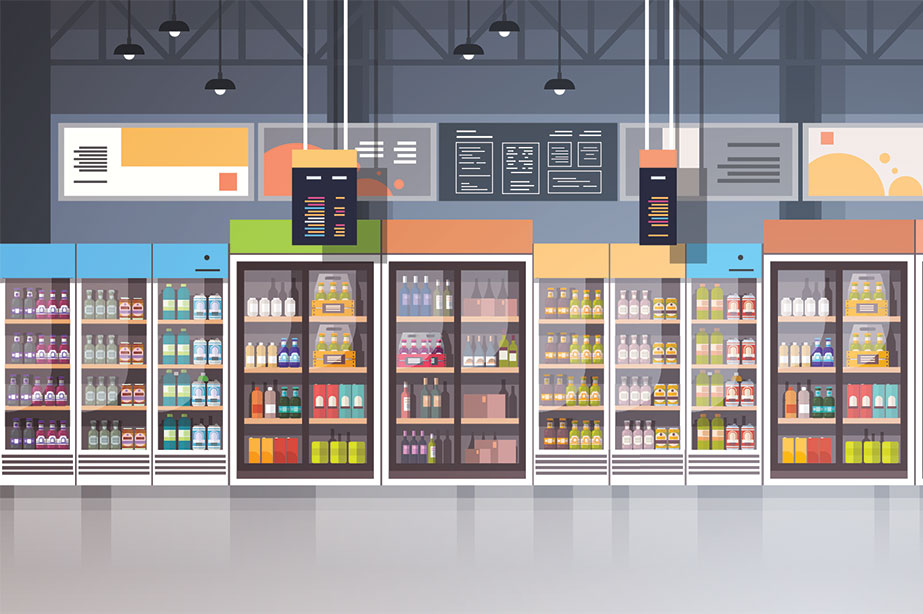

 Don’t get me wrong, the last two legit cashback apps I discussed are great, but this one is my absolute favorite. It’s called
Don’t get me wrong, the last two legit cashback apps I discussed are great, but this one is my absolute favorite. It’s called 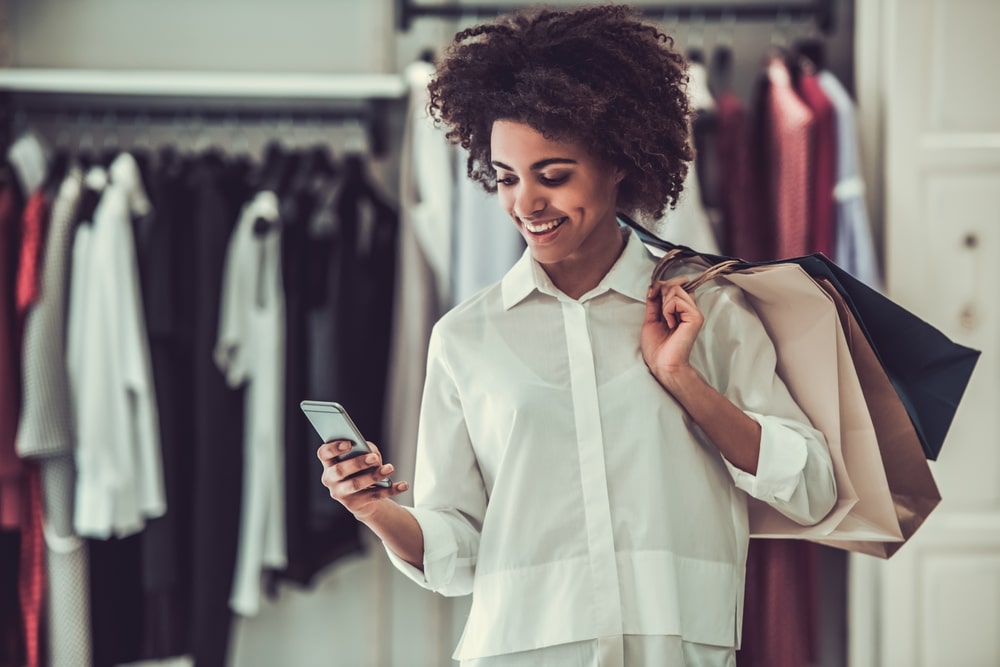
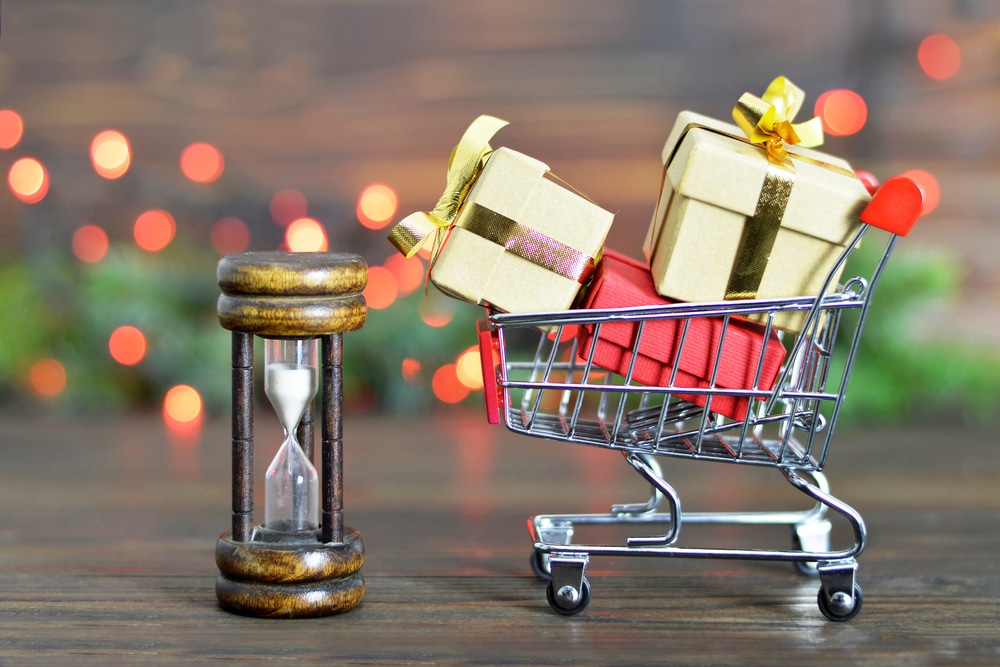
 Since Christmas is the season of giving, today I’d like to share some of my most useful tips with all of you. Waiting until the last minute can mean that you inadvertently put yourself at risk of not finishing your list, but with these three super helpful Christmas shopping hacks for last-minute shoppers, you can rest assured that it will be a very merry Christmas for all of your friends and family!
Since Christmas is the season of giving, today I’d like to share some of my most useful tips with all of you. Waiting until the last minute can mean that you inadvertently put yourself at risk of not finishing your list, but with these three super helpful Christmas shopping hacks for last-minute shoppers, you can rest assured that it will be a very merry Christmas for all of your friends and family!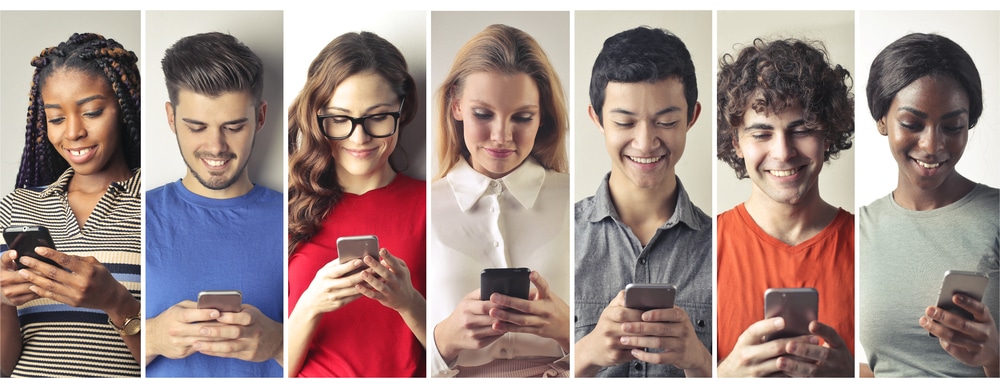
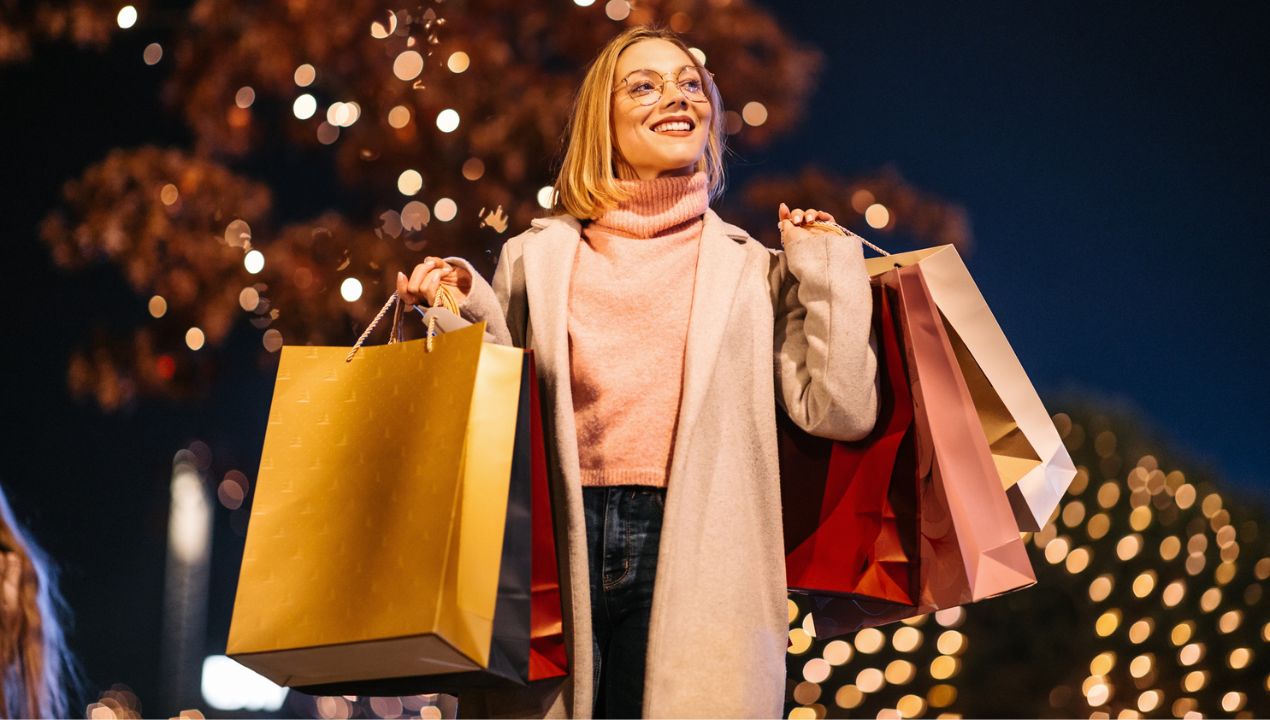

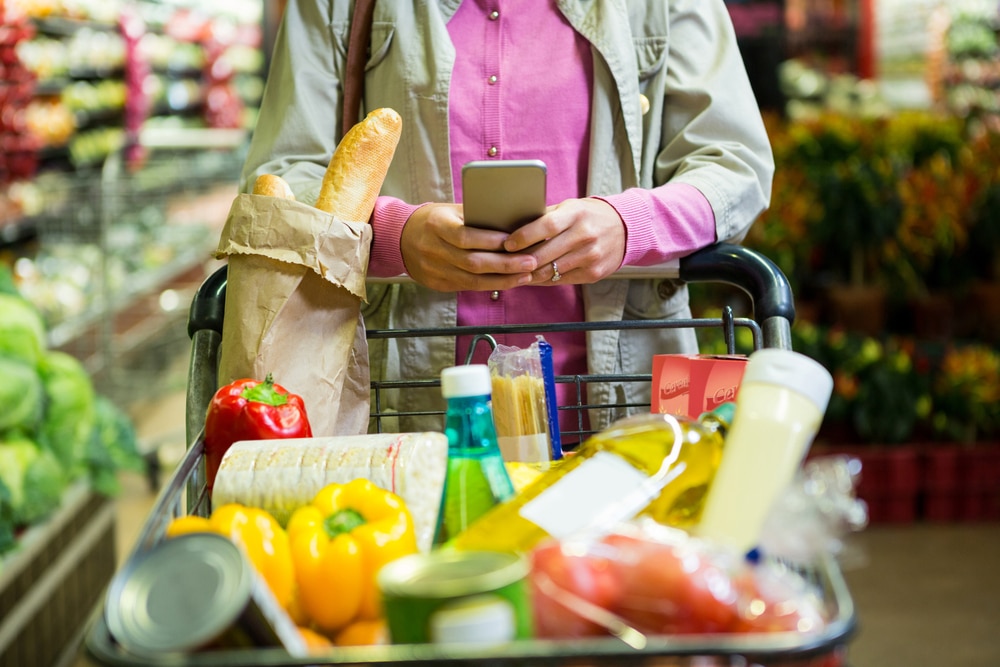
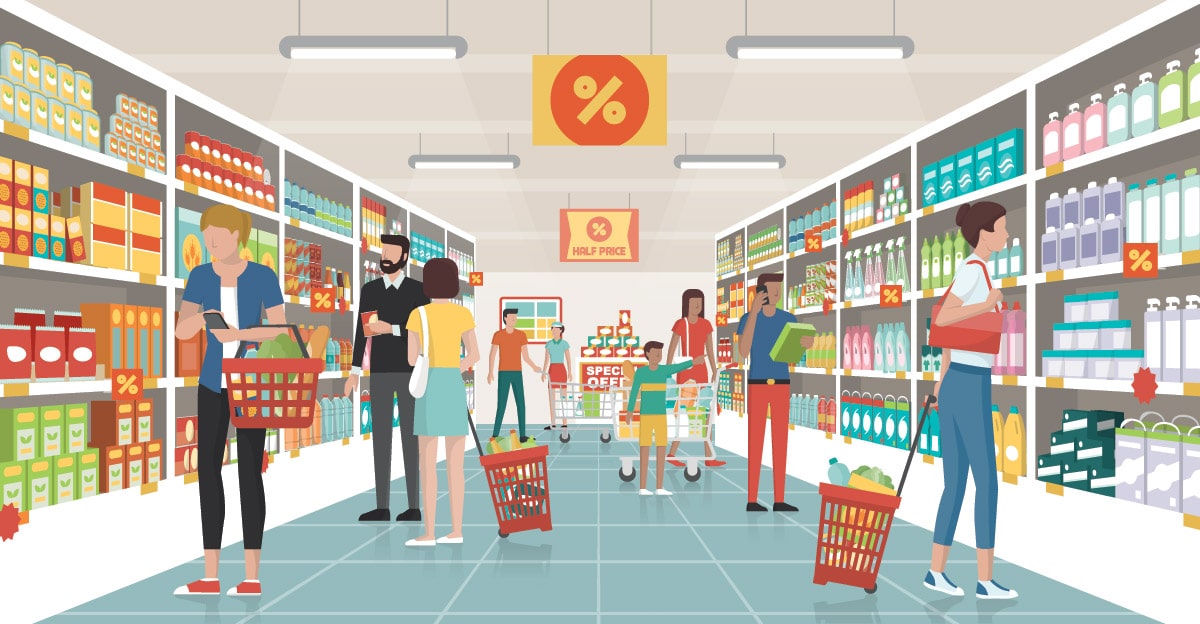
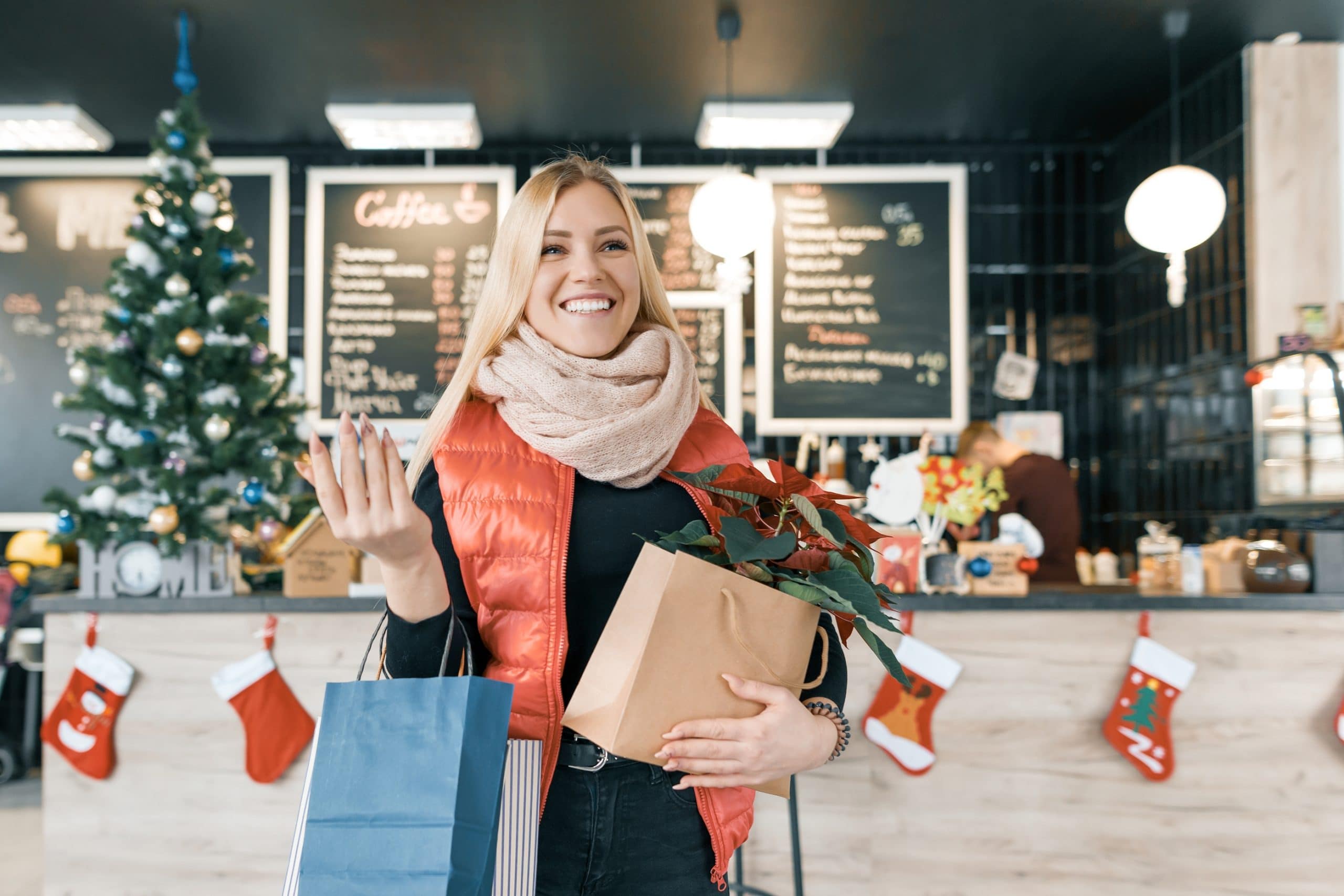
 Get smart.
Get smart. 3 | Apps are your friends
3 | Apps are your friends Get your kicks with Shopkick!
Get your kicks with Shopkick!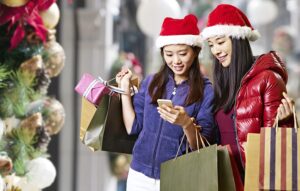 8 | Use an app that introduces you to new products.
8 | Use an app that introduces you to new products. Do not—and I repeat—do not be afraid to embrace coffee.
Do not—and I repeat—do not be afraid to embrace coffee. Make time to browse.
Make time to browse. Download the Best Buy app.
Download the Best Buy app. Don’t forget your own self-care.
Don’t forget your own self-care.  I want to leave you with some words of wisdom and encouragement. With Shopkick, there are tons of ways to earn rewards right from the app—no need to go anywhere. These include kicks for watching videos and instant surprise kicks from going on Easter egg hunts right within the app itself. Users can also earn big points and rewards by shopping on their phones at stores like Amazon, Walmart, and more. I know I have!
I want to leave you with some words of wisdom and encouragement. With Shopkick, there are tons of ways to earn rewards right from the app—no need to go anywhere. These include kicks for watching videos and instant surprise kicks from going on Easter egg hunts right within the app itself. Users can also earn big points and rewards by shopping on their phones at stores like Amazon, Walmart, and more. I know I have!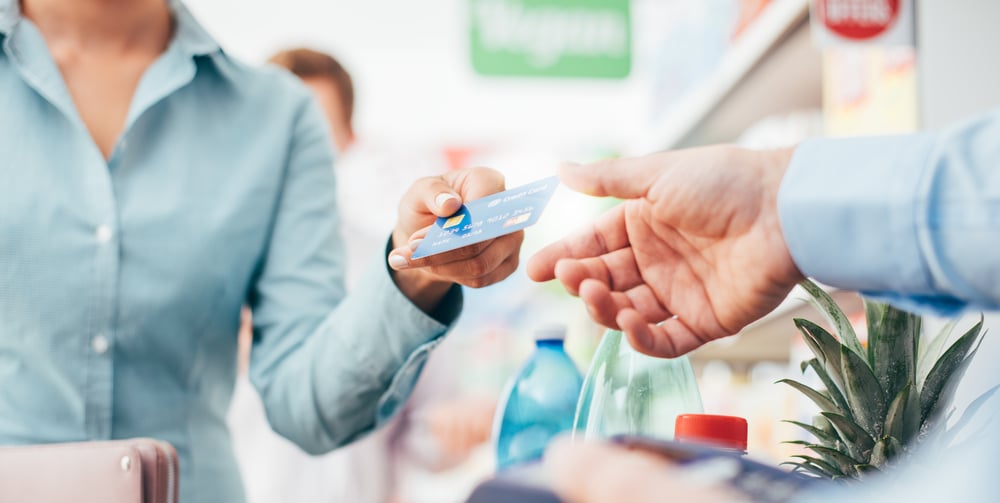
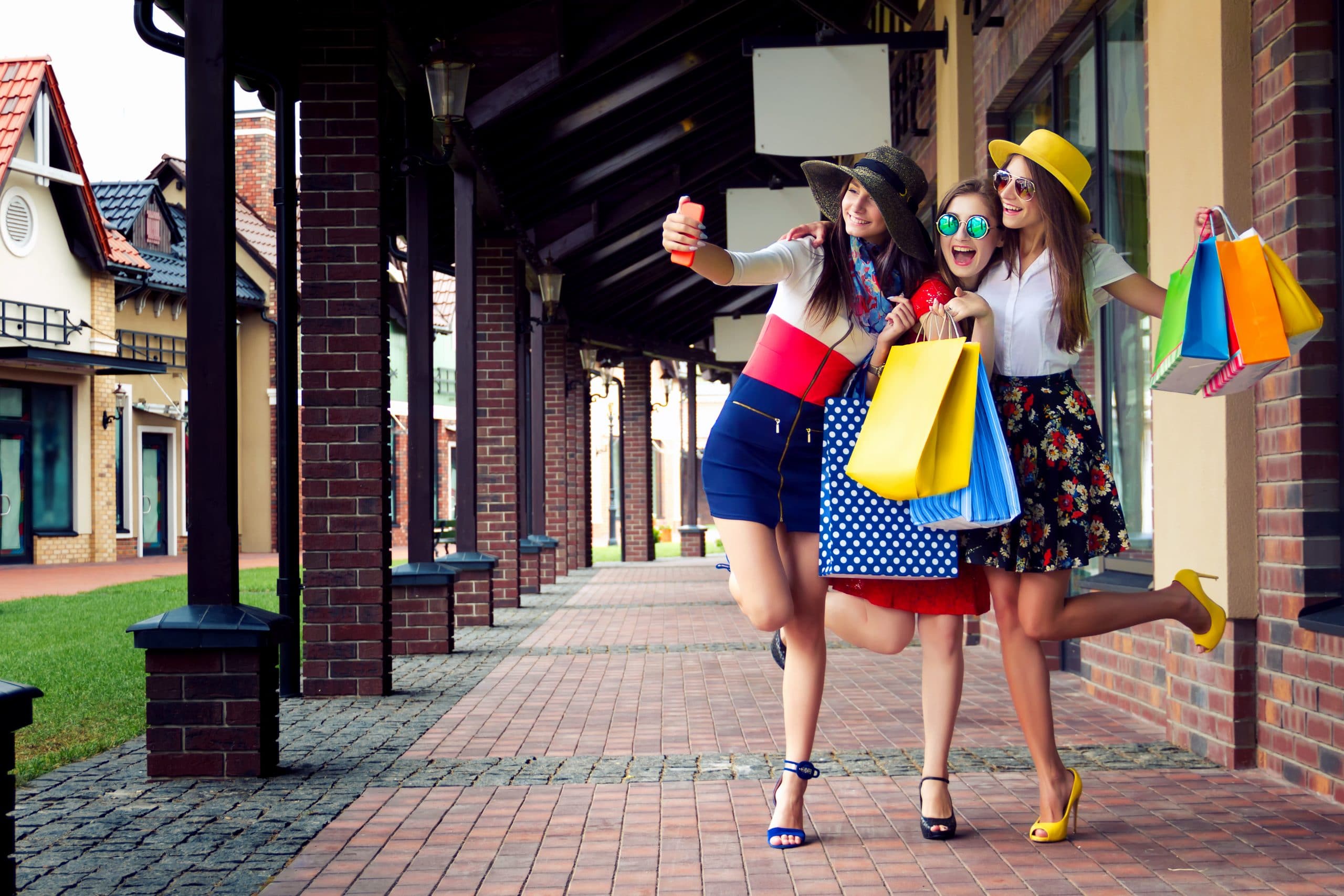
 The last (and, tbh, the best)
The last (and, tbh, the best)